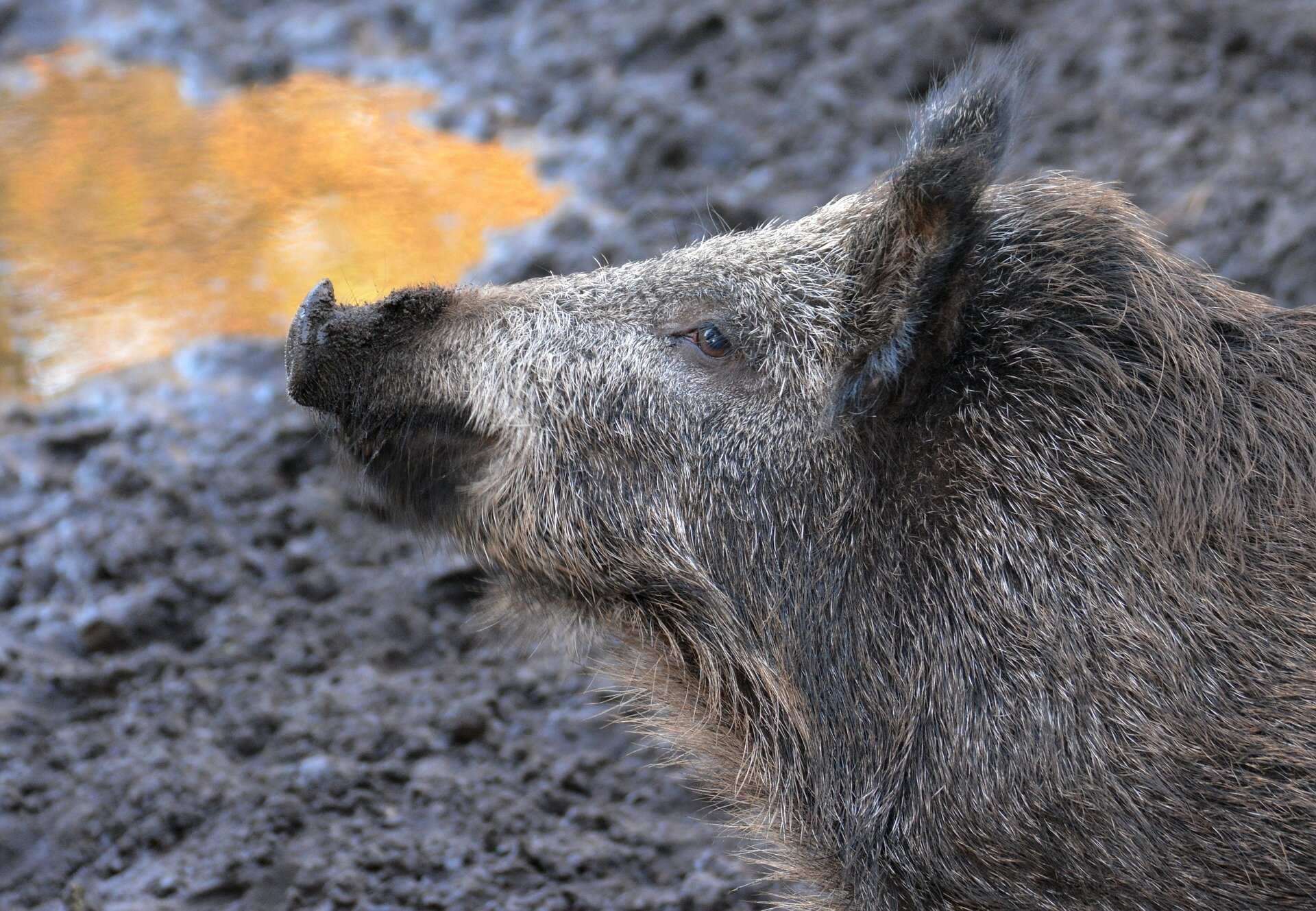Going Hog Wild — Part I
A few weeks ago, I went back home to Northeast Texas for Thanksgiving and experienced slightly warmer weather, lots of time spent with friends and family, and too much food. While I was home, I was reminded of something I hadn’t really ‘forgot’ about per say but had pushed to the back of my mind: the feral hog problem.
Feral hogs or wild pigs, as I’ve written about a few times in the past few years, are very much a problem in the South and are making their way, slowly but surely, into the Northwestern part of the United States.
Over the next two weeks, I’m going to give you some facts about feral hogs so you can be prepared for their probable invasion into your grazing pastures, crops lands, and hunting areas. My goal is to encourage some of you to call your community and political officials to urge them to fight for and approve a more efficient legal eradication method such as poisoning.
In the state of Texas, there are four legal eradication/control methods for feral hogs: trapping, shooting, snaring, and using specially trained dogs… but these are not enough.
Wild pigs cause major damages to agricultural land, mainly through rooting around the soil with their snouts or through the direct consumption of plant and animal materials.
According to Texas Parks and Wildlife (TPWD), “It has been estimated that a single wild pig can significantly disturb approximately 6.5 square feet in just one minute. This large-scale soil disturbance can increase soil erosion rates and have detrimental effects to sensitive ecological areas and critical habitats for species of concern. When wild pigs root or wallow in wetland or riparian areas, it tends to increase the nutrient concentration and total suspended solids in nearby waters due to erosion.”
Not to mention their effect on hunting areas. In Texas, it’s been proven that feral hogs will inhabit hunting ground and run the white-tail deer population out of the area. I cannot imagine what this can and will do to the mule deer, elk, and antelope populations in the Northwestern states.
So how big of a deal is this feral hog problem my friends face down in Texas? In 2020, TPWD reported that the feral hog population is currently 2.6 million in Texas and an estimated 6.9 million nationwide. Which, in retrospect, is a massive number… but it’s nothing compared to the amount of damage caused by feral hogs.
The latest research I could find on feral hog damages, although it is a bit dated, is from a 2007 study which stated that each feral hog causes around $300 worth of damage to ecosystems across the country each year. At the time of this study, there was an estimated 5 million wild pigs in the U.S., which means in 2007, America spent roughly $1.5 billion annually to repair these damages.
“Assuming that the cost-per-wild pig estimate has remained constant, the annual costs associated with wild pigs in the United States are likely closer to $2.1 billion today,” according to the TPWD website.
Economically speaking, wild hogs are one of the worst contributors to the damages done to agriculture down south. Again, although this source is dated, a 2005 study done by IEECB S.I. estimates that one feral hog can cause at least $1,000 in agricultural damages in one single night.
On top of damages to land, feral hogs can carry and transmit at least 30 different bacterial, fungal, and viral diseases which can affect livestock herds and the herdsmen themselves. These infections can include big, bad diseases for humans such as brucellosis, leptospirosis, toxoplasmosis, and trichinosis while diseases such as swine brucellosis, pseudorabies, classic swine fever, and African swine fever are all ready to infect our livestock.
So now that you know all of this, what do you want to do when you see a wild pig?
Because I’ll tell you my opinion: hunting is not enough — there needs to be a LEGAL poison to eradicate these pests, and it needed to be legal years ago.

